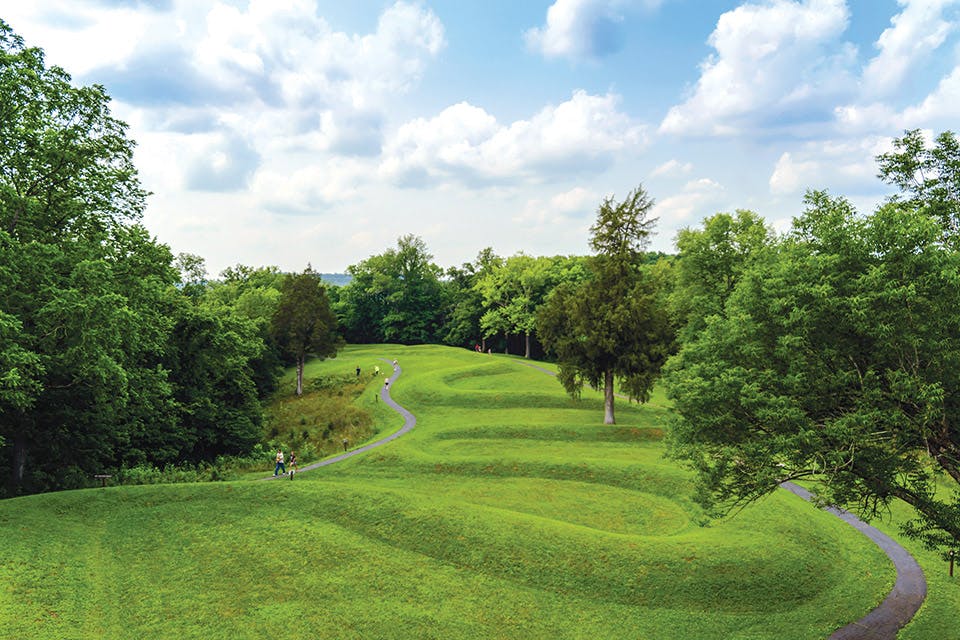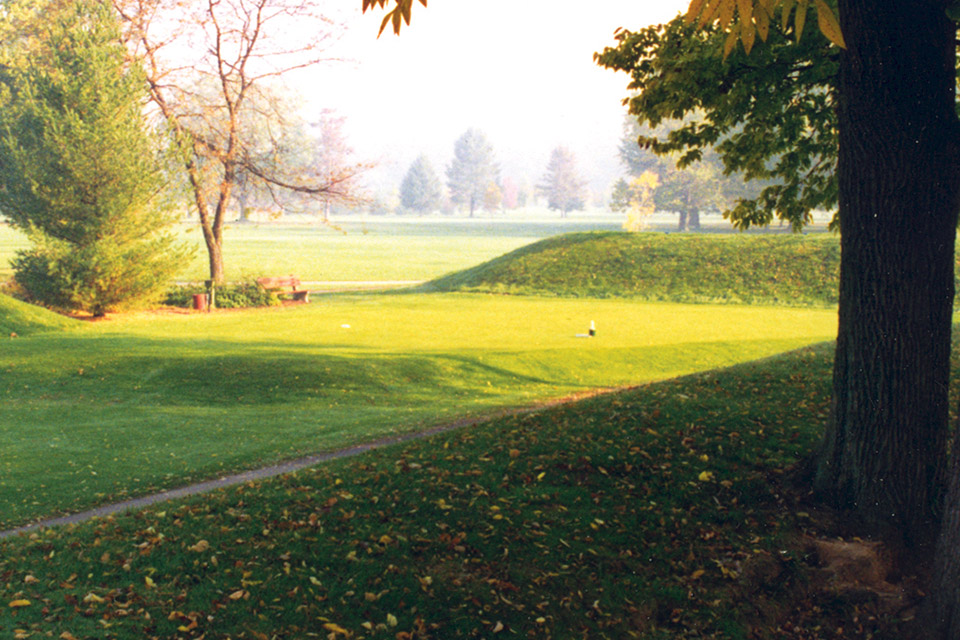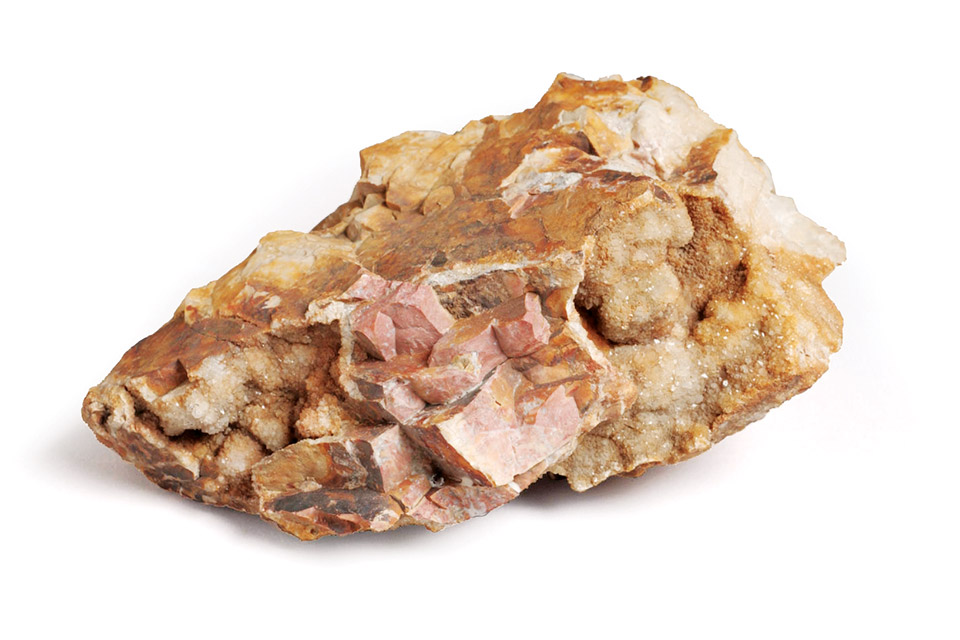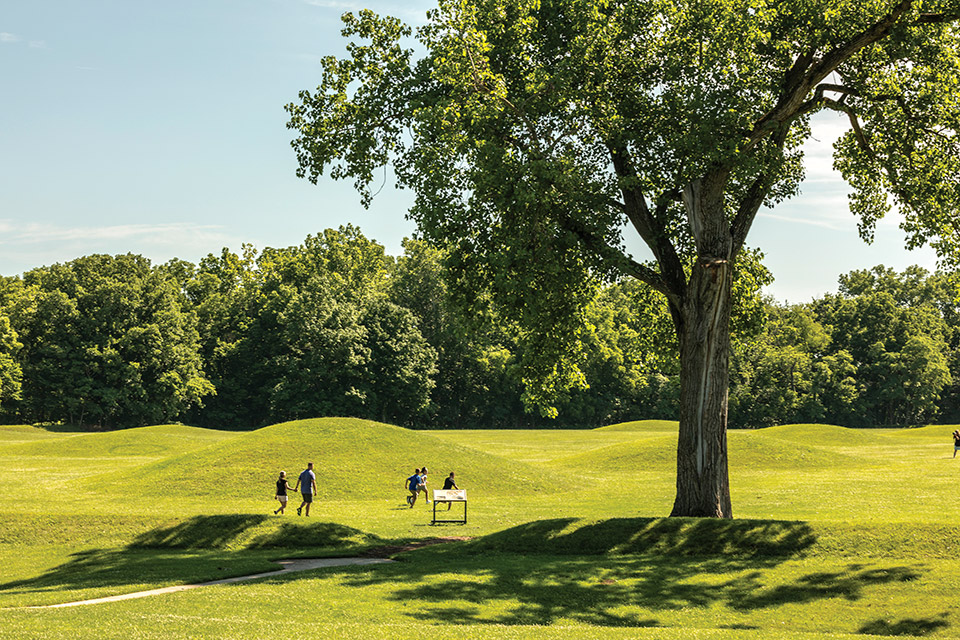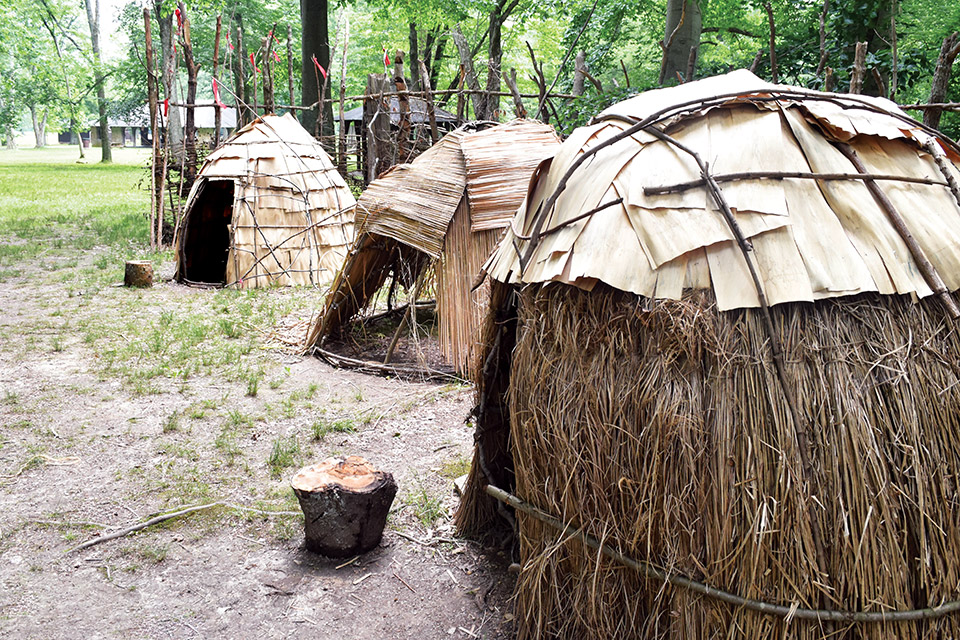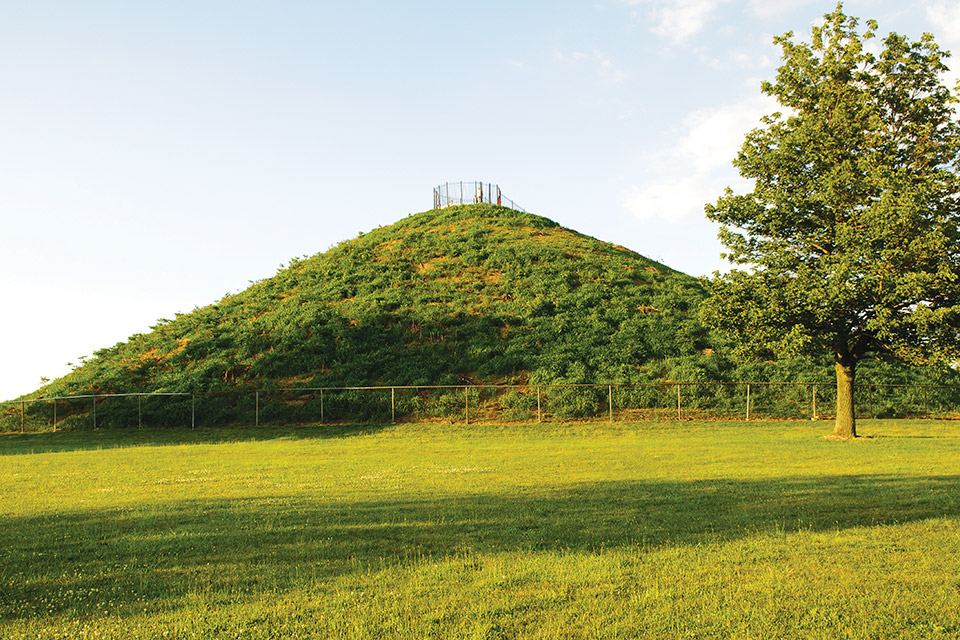Travel
Ohio’s Ancient Native American Sites
Native American tribes created elaborate earthworks across Ohio that can still be seen today. These locations contain many mysteries, but also connect us to those who lived here thousands of years ago.
Related Articles
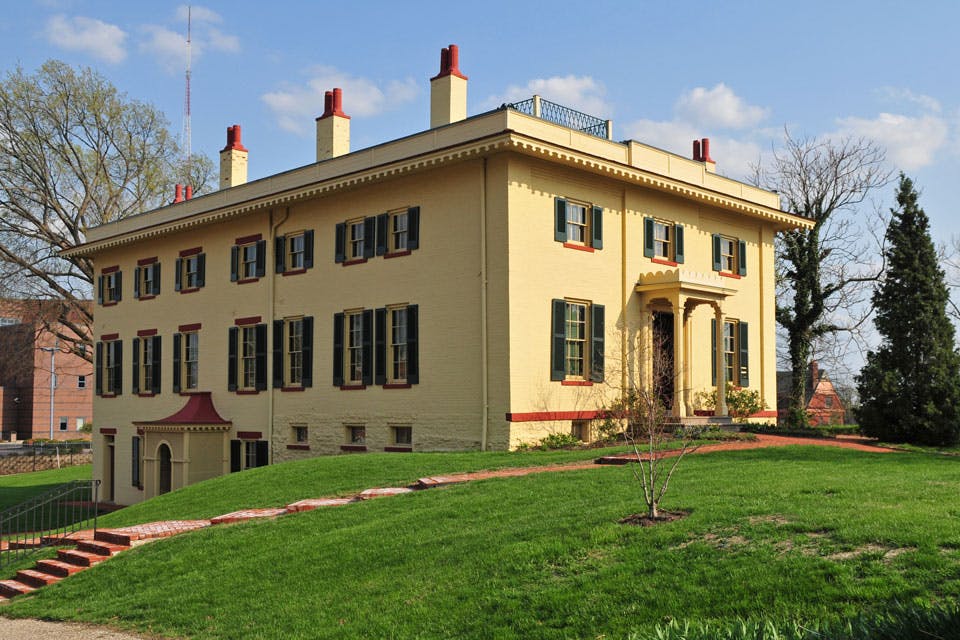
Visit the William Howard Taft National Historic Site in Cincinnati
Our 27th president spent his formative years at this hilltop residence in a neighborhood built for the city’s social elite. Today, the restored home shares his story. READ MORE >>

Visit the William McKinley National Memorial in Canton
Our nation's 25th president is honored with an ornate monument that serves as his final resting place. An adjacent museum tells the story of his presidency and Stark County. READ MORE >>
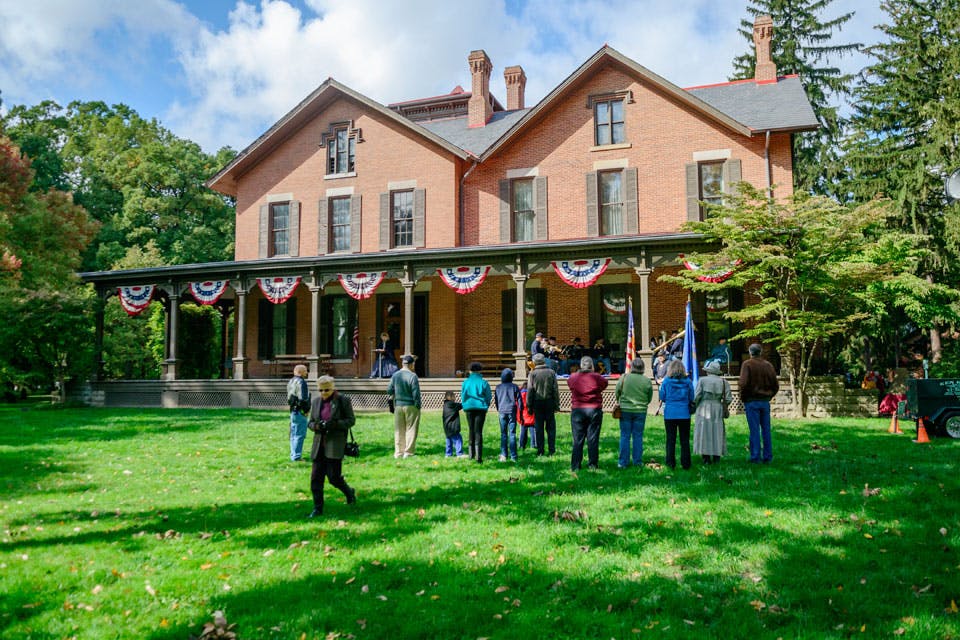
Visit the Rutherford B. Hayes Presidential Library and Museums in Fremont
Webb Hayes’ tribute to his parents at the northwest Ohio estate they called home was the nation’s first presidential library and museum. READ MORE >>


